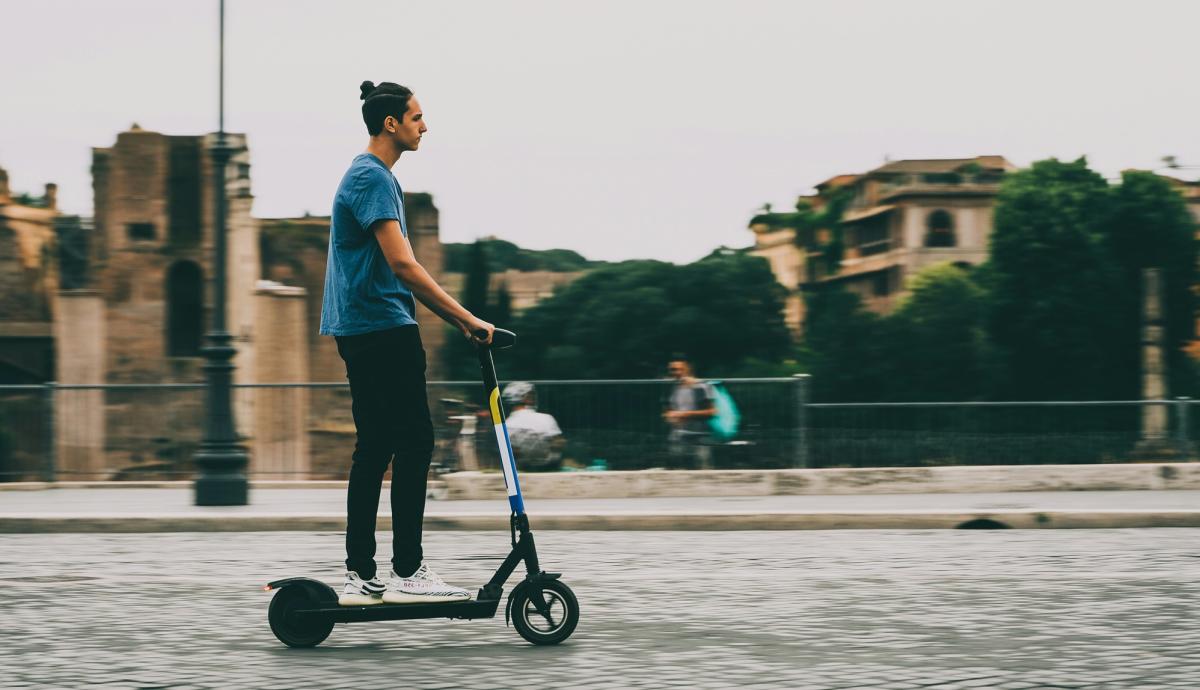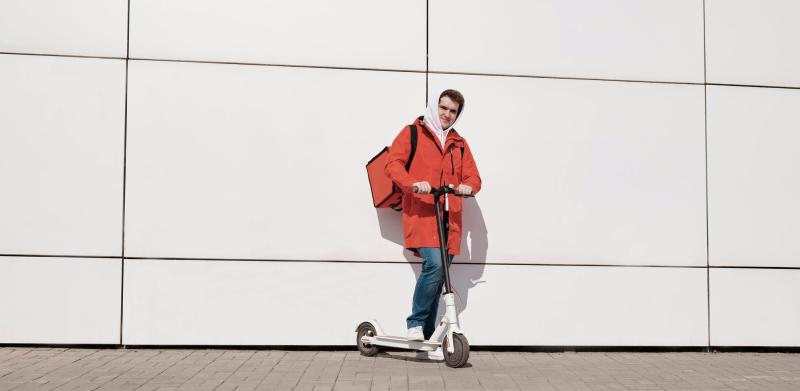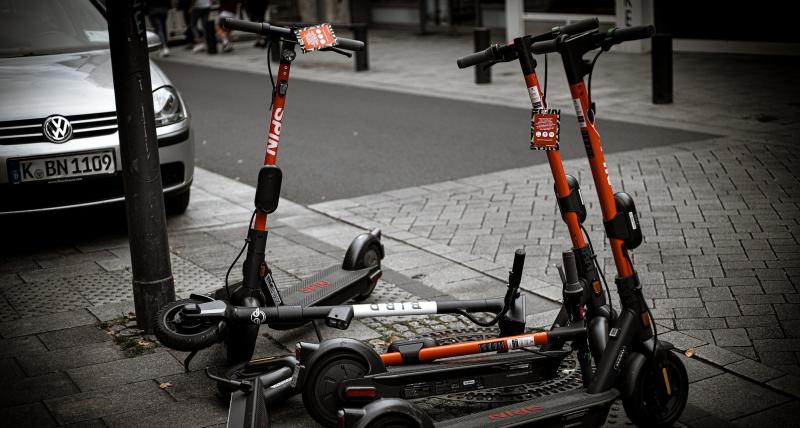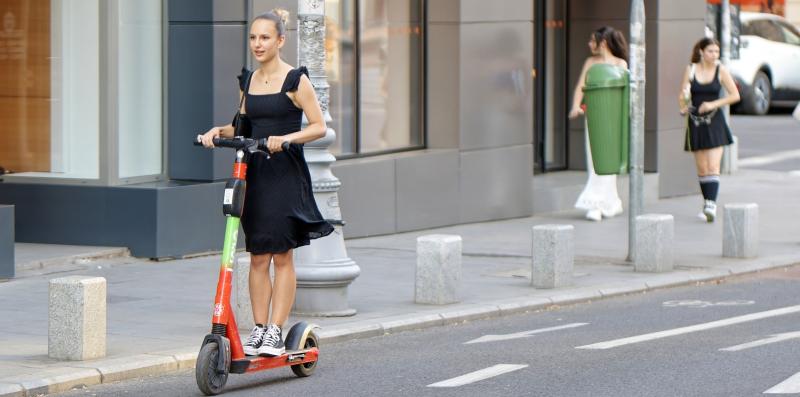Electric scooters offer an efficient, fun way to travel, but some riders may find themselves wanting just a little more speed. Fortunately, there are several ways to safely upgrade your electric scooter to boost its speed without compromising performance or safety. In this guide, we’ll explore the best methods to increase your scooter’s speed, covering both hardware upgrades and tuning tips.
Why Speed Upgrades Matter
While most electric scooters are designed to offer a balance between speed, battery life, and safety, there’s always room for improvement. Whether you’re looking to shorten your commute or simply enjoy a faster ride, upgrading your electric scooter can make your daily trips more enjoyable. However, it’s important to ensure that any modifications are done safely and comply with local regulations regarding e-scooter speeds.
Top Ways to Upgrade Your Electric Scooter for More Speed
1. Upgrade the Battery for More Power
The battery is one of the most crucial components that determine your scooter’s speed and range. By upgrading to a higher voltage battery, you can significantly increase the motor’s power output, resulting in faster acceleration and higher top speeds. Most electric scooters come with a 36V or 48V battery, but upgrading to a 52V or 60V battery can make a noticeable difference in speed.
- Battery Considerations: Ensure that your scooter’s motor and controller can handle the higher voltage. Upgrading the battery without upgrading other components may lead to overheating or system failures.
- Installation: Replacing the battery is relatively straightforward, but you may need to modify the battery compartment to fit a larger battery. Always follow the manufacturer’s guidelines when installing a new battery.
2. Upgrade the Motor for Higher Performance
Your scooter’s motor plays a key role in determining how fast you can go. Most standard electric scooters are equipped with motors between 250W and 500W, which offer decent speeds for city commuting. However, upgrading to a more powerful motor—such as a 750W or 1000W motor—can give you a significant speed boost.
- Brushless Motors: Consider upgrading to a brushless motor for better efficiency and higher speed potential. Brushless motors produce less friction, which helps improve speed while maintaining motor health.
- Motor Compatibility: Ensure that your new motor is compatible with your scooter’s controller and battery. A higher-powered motor will draw more current, so your battery and controller must be able to handle the increased load.
3. Adjust or Replace the Controller
The controller is the “brain” of your electric scooter, managing the power delivered from the battery to the motor. By upgrading your scooter’s controller, you can increase the amount of power that reaches the motor, resulting in faster speeds. Some controllers come with adjustable settings that allow you to fine-tune the performance of your scooter, while others may need to be replaced for higher power output.
- Adjustable Controllers: Look for controllers that allow you to tweak the voltage and current limits, enabling you to increase speed without replacing the entire unit.
- Controller Upgrade: If your controller doesn’t support the higher voltage of a new battery or motor, consider replacing it with one designed for high-performance e-scooters. Make sure the new controller matches your scooter’s motor and battery specifications.
4. Reduce Weight for Better Speed
One of the simplest ways to improve your scooter’s speed is to reduce the overall weight. The less weight the motor has to move, the faster your scooter will go. Here are a few ways to lighten your scooter:
- Remove Non-Essential Accessories: Extra accessories like heavy locks, baskets, or bulky add-ons can slow down your scooter. Remove any non-essential items to reduce weight.
- Lightweight Components: Consider replacing heavy parts with lighter materials, such as carbon fiber or aluminum handlebars, to reduce the scooter’s weight without compromising its structure.
5. Upgrade Tires for Better Grip and Speed
Your scooter’s tires can affect both speed and handling. Tires with too much tread or those that are under-inflated create more rolling resistance, which slows down your scooter. Upgrading to performance tires designed for higher speeds can improve grip, reduce drag, and increase top speed.
- Slick Tires: If you mainly ride on smooth, paved roads, consider switching to slick tires. These tires have less tread, reducing friction and increasing speed.
- Proper Inflation: Keeping your tires properly inflated minimizes rolling resistance and helps your scooter reach its top speed. Check the tire pressure regularly and inflate them to the manufacturer’s recommended PSI.
6. Adjust Firmware or Software Settings
Some electric scooters have firmware or software that limits the top speed to comply with local regulations or for safety reasons. By adjusting the settings in the scooter’s onboard software, you may be able to unlock higher speeds. However, this should be done with caution, as removing speed limits can reduce battery life and affect the scooter’s warranty.
- Check the Manual: Review your scooter’s manual to see if it has adjustable speed settings or modes that can be changed through the onboard display or mobile app.
- Use Caution: Be careful when modifying software settings, as this can lead to overheating or system damage if the scooter is pushed beyond its designed limits.
7. Ride Efficiently for Maximum Speed
Improving your riding habits can also help you achieve higher speeds without making any physical modifications to your scooter. By riding efficiently, you’ll reduce strain on the motor and conserve battery life, allowing your scooter to reach its maximum speed potential.
- Ride on Smooth Surfaces: Rough terrain and uneven surfaces can slow your scooter down. Stick to smooth, flat roads to maintain higher speeds.
- Avoid Frequent Stops: Constantly stopping and starting requires more power from the motor. Try to maintain a steady speed and avoid unnecessary stops to conserve energy.
- Keep Weight Balanced: Distribute your weight evenly on the scooter to reduce drag and ensure smoother acceleration.
Safety Considerations When Upgrading for Speed
While it can be exciting to increase the speed of your electric scooter, it’s important to prioritize safety. Here are a few key safety considerations to keep in mind:
- Check Local Speed Regulations: Before upgrading, check the speed limits for electric scooters in your area. Many regions have restrictions on e-scooter speeds, and exceeding these limits could result in fines or accidents.
- Upgrade Brakes: Higher speeds require better stopping power. Consider upgrading your scooter’s brakes to hydraulic or disc brakes to ensure you can stop safely at higher speeds.
- Wear Protective Gear: Always wear a helmet and other protective gear when riding at higher speeds. The faster you go, the greater the risk of injury if you fall or collide with an obstacle.
Real-Life Example: Boosting Scooter Speed Safely
Mike, an e-scooter enthusiast from San Francisco, wanted to increase his scooter’s speed for quicker commutes. By upgrading to a 52V battery and a higher wattage motor, he was able to boost his scooter’s top speed from 20 mph to 28 mph. Mike also installed hydraulic brakes to ensure better stopping power and kept his tires inflated to the optimal PSI for reduced rolling resistance. With these upgrades, Mike enjoys faster rides while maintaining full control and safety.
Conclusion: How to Upgrade Your Electric Scooter for More Speed
Upgrading your electric scooter for more speed can be a fun and rewarding project, but it’s essential to make changes safely and thoughtfully. Whether you opt to upgrade the battery, motor, controller, or tires, always ensure that your scooter’s components are compatible and that you prioritize safety. By following the steps in this guide, you can unlock higher speeds and enjoy faster, more exciting rides on your electric scooter.



